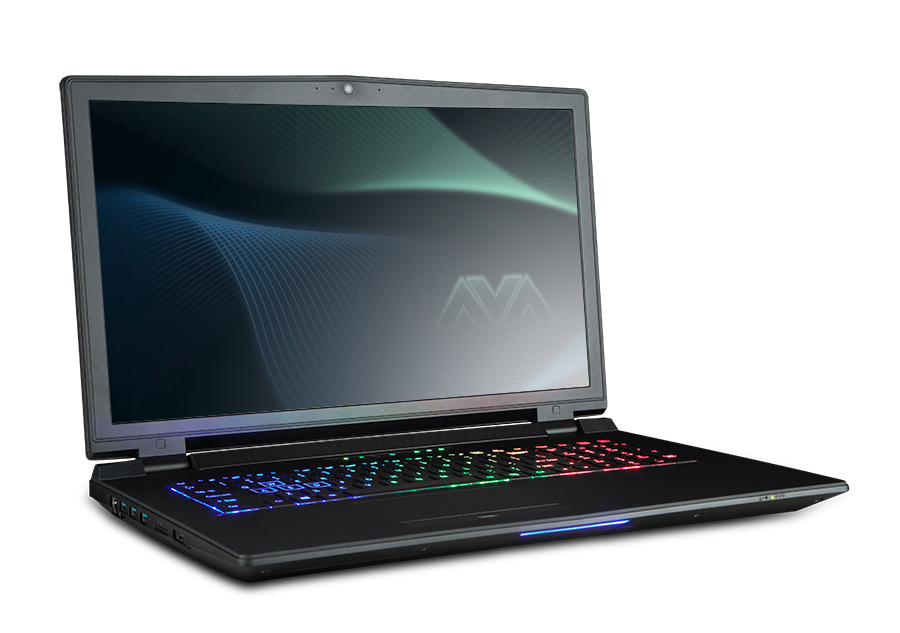How Green is My Computer?
Research School of Computer Science, Australian National University
Description: This is a presentation to accompany a short course in assessment of the carbon emissions from a computer. The first half of the course is on how to assess the carbon emissions. The second half covers how to reduce the carbon emissions.
These are the notes for the presentation using
HTML Slidy. If viewing
the slides you can press "A" to display
these notes (and press "A" again to hide them). To advance to the next
slide, press "page down", or click the left mouse button.
An updated presentation (2019) is also avialable.
Understanding climate science
The Intergovernmental Panel on Climate Change (IPCC) has reported that during the 20th Century, the temperature has been increasing due to rising greenhouse gas concentrations. This is most likely due to human activity.
The major greenhouse gas is carbon dioxide (CO2). One source of CO2 is burning fossil fuels, such as coal, oil and natural gas in power stations to generate electricity.
Introduction to ICT Sustainability
Computers > electricity > fossil fuel > CO2 >
global warming.
1.52% of Australian carbon emissions in 2007 due to ICT (ACS,
2007).
Computer and telecommunications (ICT) equipment is powered by electricity. If
the electricity is generated by burning fossil fuel, this releases carbon dioxide
(CO2) into the atmosphere. The CO2 is a greenhouse gas, which
traps sunlight, causing global warming.
A carbon emissions audit for the the Australian Computer Society (ACS), reported
in 2007 that
1.52% of Australian carbon emissions were attributable to computers and
telecommunications equipment.
ICT sustainability
"... the responsible acquisition, installation, use and
disposal of information and communications technologies and services so
as to utilise resources more effectively, improve efficiency and
increase productivity, and reduce the environmental impact of
operations. It also includes the effective use of information and
communications technology to promote more sustainable practices in
industry and the community. is the study and practice of using computers
and telecommunications in a way which maximises positive
environmental benefit and minimise the negative impact."
From: Australian Government ICT Sustainability Plan 2010 - 2015 (DEWHA 2010)
Calculate Energy Use
The energy used by a computer is calculated from the power use multiplied by time used:
Energy = Power x Time
Example: a small desktop computer, using 50 Watts for 8 hours a day:
50 Watt x 8 Hours a day x 365.25 days a year / 1,000 Watt in Kilowatt = 146.1 kWhr per year
Estimate Greenhouse Gas
The amount of energy used by a computer can be measured and from this
an estimate of greenhouse gas emissions calculated, in Kilograms of Carbon dioxide Equivalent (KgCO2e).
Example: small desktop computer in Australia (conversion factor of 0.89 Kg CO2/kWh):
146.1 kWhr per year x .89 Kg CO2/kWh = 130 Kg CO2 per year (rounded to the nearest kilogram)
Reducing The Energy Use of Your Computer
Setting computer to
- Enter system standby or hibernate after 15 to 30 minutes of inactivity
- Set monitor to enter sleep mode after 5 to 20 minutes of inactivity
From FFITS, 2011
Minimise energy use in Client Equipment:
- Assess energy consumption by monitoring client equipment
- Consolidate operating client equipment only when necessary and removing unnecessary equipment
- Innovate by:
-
Right-sized client equipment
-
Power management strategies
-
Low-energy equipment
-
Eco-Labels: Look for equipment meeting low energy standards.
-
Manage and monitor the equipment and schedule high energy activities out of peak periods.
From Natural Edge Project (2008)
Buying an Energy Efficient Computer
The Energy Star Program, Version 5
(2008), required that a small desktop computer use no more than 148 kWh
of electricity per year. The program also covers netbooks.
Purchasing polices of many copies and governments require purchase of
Energy Star rated equipment.







![By Nuvola [CC BY-SA 3.0 (http://creativecommons.org/licenses/by-sa/3.0)], via Wikimedia Commons](https://upload.wikimedia.org/wikipedia/commons/6/6d/Nuvola_apps_edu_miscellaneous.gif)